- 全部删除
 您的购物车当前为空
您的购物车当前为空
金粟兰属
Chlorahololide D
氯青霉素 D
TN5335943136-39-8
Chlorahololide D(氯青霉素 D)是一种天然的椴树烷型倍半萜类二聚体和选择性钾通道阻滞剂,刺激活性氧ROS水平使细胞周期阻滞在G2期,调控Bcl-2和Bax和FAK,从而抑制MCF-7细胞的生长并引发凋亡。在体内实验中抑制肿瘤的增殖、迁移和血管形成,具有抗乳腺癌的潜力。
- ¥ 1590
规格
数量
Chloranthalactone C
金粟兰内酯 C
T20408173215-91-5
Chloranthalactone C(金粟兰内酯 C)是来自于Chloranthus serratus的天然倍半萜,对Chloroquine-resistant Plasmodium falciparum DD2的IC50>25 nM。
- ¥ 2350
规格
数量
2-Methoxyfuranoguaia-9-ene-8-one
TN658588010-62-2
2-Methoxyfuranoguaia-9-ene-8-one 是一种天然产物,可用于生命科学领域的相关研究。其产品编号为 TN6585,CAS号为 88010-62-2。
- ¥ 3040
规格
数量
Chloramultilide D
TN36391000995-49-2
Chloramultilide D is a natural product from Chloranthus spicatus.
- ¥ 3940
规格
数量
ent-14,15-Dinor-13-oxolabda-8(17),11-dien-18-oic acid
TN3934875585-30-1
ent-14,15-Dinor-13-oxolabda-8(17),11-dien-18-oic acid是一种天然产物,属于金粟兰科金粟兰属,其产品编号为 TN3934,CAS号为 875585-30-1。ent-14,15-Dinor-13-oxolabda-8(17),11-dien-18-oic acid可用作对照参考。
- ¥ 4510
规格
数量
Eudesma-3,11-dien-2-one
TN403186917-79-5
Eudesma-3,11-dien-2-one 是一种天然产物,可用于生命科学领域的相关研究。其产品编号为 TN4031,CAS号为 86917-79-5。
- ¥ 4040
规格
数量
Shizukanolide H
TN50091136932-34-7
Shizukanolide H是一种天然产物,属于金粟兰科金粟兰属,其产品编号为 TN5009,CAS号为 1136932-34-7。Shizukanolide H可用作对照参考。
- ¥ 3940
规格
数量
Shizukanolide F
TN5008120061-96-3
Shizukanolide F是一种天然产物,属于金粟兰科金粟兰属,其产品编号为 TN5008,CAS号为 120061-96-3。Shizukanolide F可用作对照参考。
- ¥ 13500
规格
数量
Jasminoid A
TN43501459784-57-6
Jasminoid A 是一种天然产物,可用于生命科学领域的相关研究。其产品编号为 TN4350,CAS号为 1459784-57-6。
- ¥ 4890
规格
数量
Chlorantholide C
TN36421372558-35-4
Chlorantholide C is a natural product from Chloranthus elatior.
- 待询
规格
数量
Shizukaol C
TN5012142279-41-2
1. Shizukaol C shows anti-HIV-1 replication activities in both wild-type HIV-1 and two NNRTIs-resistant strains.
2. Shizukaol C has significant cytotoxicities against C8166 cells.
2. Shizukaol C has significant cytotoxicities against C8166 cells.
- ¥ 4890
规格
数量
Shizukanolide C
TN500778749-47-0
Shizukanolide C是一种天然产物,属于金粟兰科金粟兰属,其产品编号为 TN5007,CAS号为 78749-47-0。Shizukanolide C可用作对照参考。
- ¥ 3330
规格
数量
Chlorantholide B
TN36411372558-34-3
Chlorantholide B 是一种天然产物,可用于生命科学领域的相关研究。其产品编号为 TN3641,CAS号为 1372558-34-3。
- ¥ 4420
规格
数量
Chlojaponilactone B
TN36351449382-91-5
Chlojaponilactone B has anti-inflammatory activity, it exhibits pronounced inhibition of nitric oxide (NO) production in lipopolysaccharide (LPS)-induced RAW 264.7 macrophages.
- ¥ 3940
规格
数量
7-Hydroxy-5,8-dimethoxyflavanone
TN323254377-24-1
7-Hydroxy-5,8-dimethoxyflavanone是一种天然产物,属于金粟兰科金粟兰属,其产品编号为 TN3232,CAS号为 54377-24-1。7-Hydroxy-5,8-dimethoxyflavanone可用作对照参考。
- ¥ 3710
规格
数量
Sarcandrone A
TN49471190225-47-8
Sarcandrone A 是一种天然产物,可用于生命科学领域的相关研究。其产品编号为 TN4947,CAS号为 1190225-47-8。
- ¥ 1520
规格
数量
Cycloshizukaol A
TN5351150033-85-5
Cycloshizukaol A prevents monocyte adhesion to HUVEC through the inhibition of cell adhesion molecules expression stimulated by TNF-alpha, it inhibits PMA-induced homotypic aggregation of HL-60 cells without cytotoxicity with MIC values of 0.9 microM.
- ¥ 4420
规格
数量
Chlorantholide D
8-Hydroxy-2-oxoeudesma-3,7(11)-dien-12,8-olide
TN53391253106-58-9
Chlorantholide D是一种天然产物,属于金粟兰科金粟兰属,其产品编号为 TN5339,CAS号为 1253106-58-9。Chlorantholide D可用作对照参考。
- ¥ 4420
规格
数量
4-Epicommunic acid
TN302883945-57-7
4-Epicommunic acid是一种天然产物,属于金粟兰科金粟兰属,其产品编号为 TN3028,CAS号为 83945-57-7。4-Epicommunic acid可用作对照参考。
- ¥ 3330
规格
数量
Pyrocurzerenone
TN487020013-75-6
Pyrocurzerenone 是一种天然产物,可用于生命科学领域的相关研究。其产品编号为 TN4870,CAS号为 20013-75-6。
- ¥ 3330
规格
数量
Chlorantholide A
TN36401372558-33-2
Chlorantholide A 是一种天然产物,可用于生命科学领域的相关研究。其产品编号为 TN3640,CAS号为 1372558-33-2。
- ¥ 3940
规格
数量
Chlorahololide C
TN36361007859-25-7
Chlorahololide C is a potent and selective potassium channel blocker, it exerts potent and selective inhibition on the delayed rectifier (I(K)) K(+) current with the IC(50) value of 3.6 +/- 10.1 mu M.
- ¥ 4280
规格
数量
Shizukaol D
TN5013142279-42-3
Shizukaol D exerts a growth inhibition effect on liver cancer cells in a dose- and time-dependent manner by modulating wnt signalling pathway. Shizukaol D may be used to treat metabolic syndrome, it induces mitochondrial dysfunction by depolarizing the mitochondrial membrane and suppressing energy production, which may result in AMPK activation.
- ¥ 12500
规格
数量
Shizukaol B
TN5011142279-40-1
Shizukaol B exerts anti-inflammatory effects in LPS-activated microglia partly by modulating JNK-AP-1 signaling pathway; it also shows significant anti-neuroinflammatory effects by inhibiting nitric-oxide (NO) production in lipopolysaccharide (LPS)-stimul
COXDNA/RNA SynthesisERKHIV ProteaseIL ReceptorInterleukinJNKNF-κBNO SynthaseNOSp38 MAPKProstaglandin ReceptorTNF
- ¥ 5350
规格
数量
转到第1页
/ 1 页







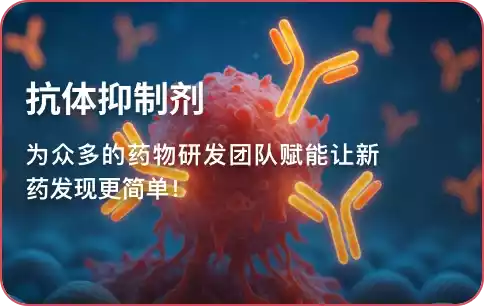


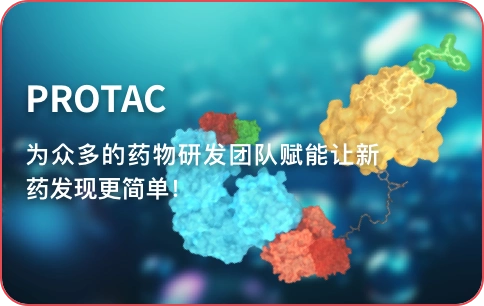
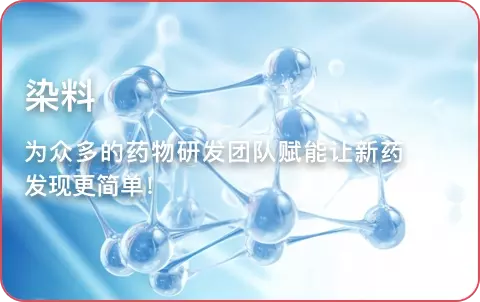



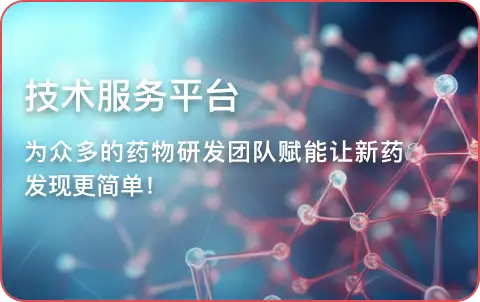

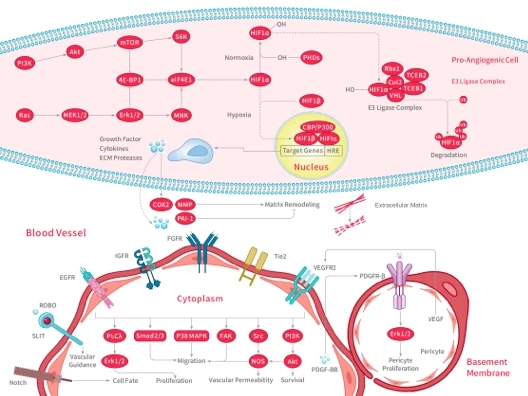
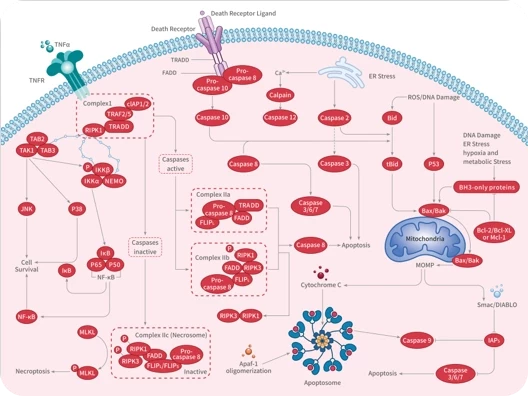
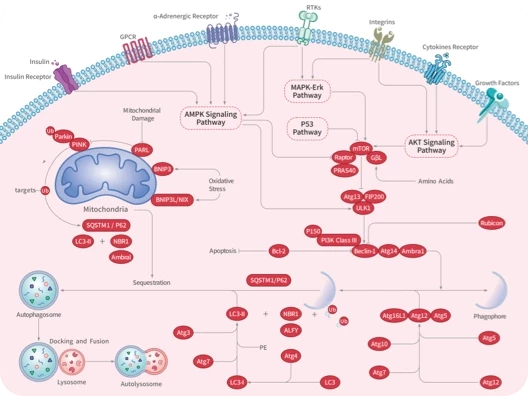

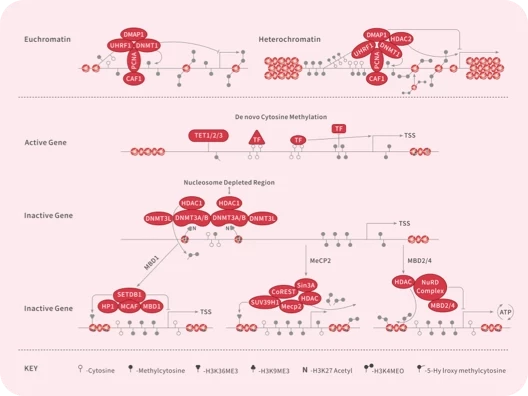

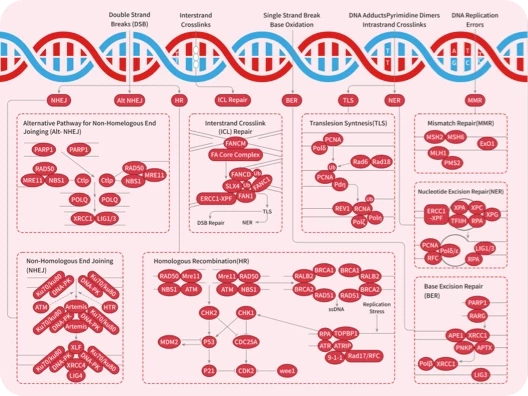
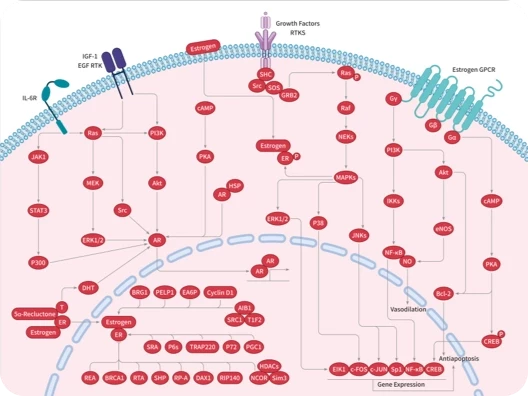
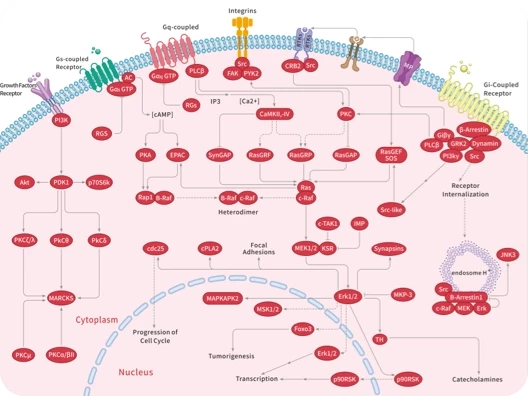
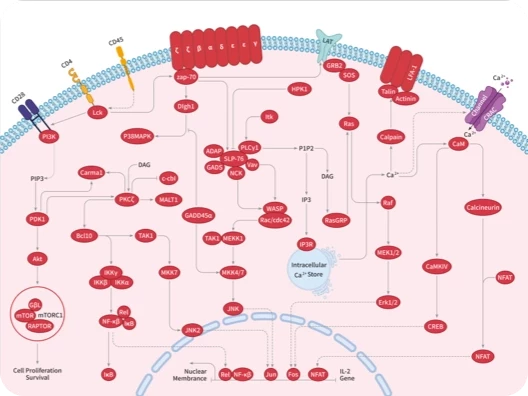
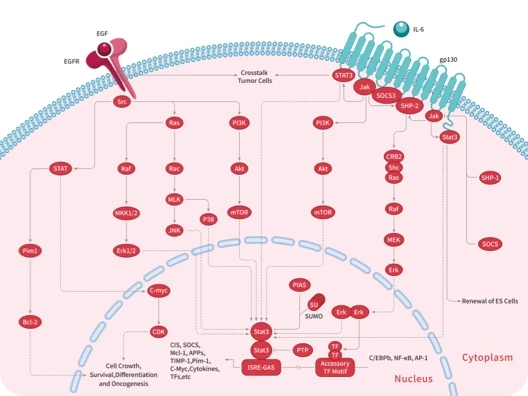
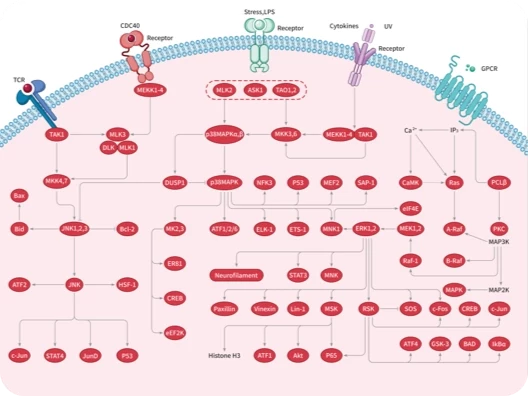
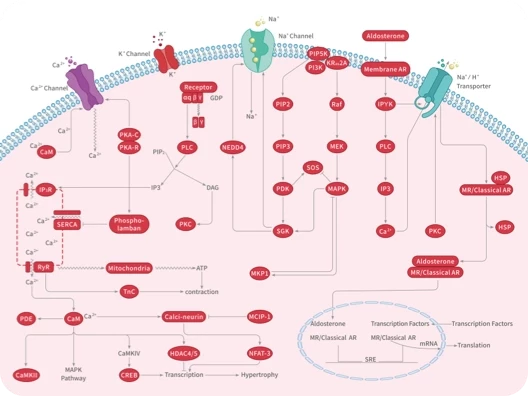
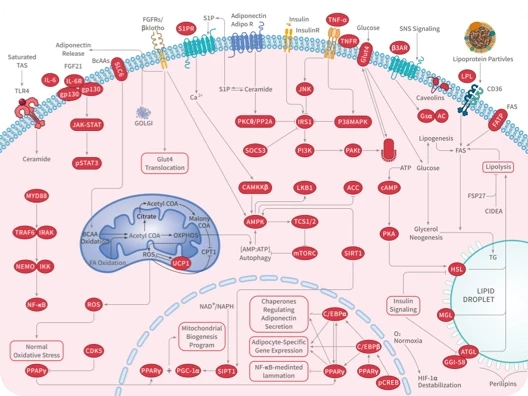
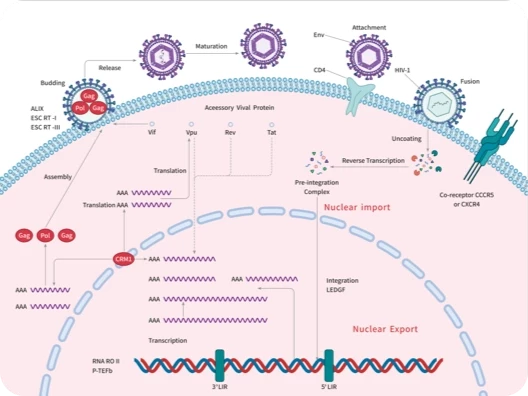

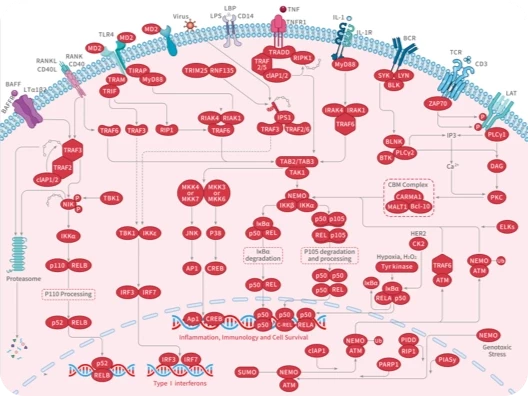

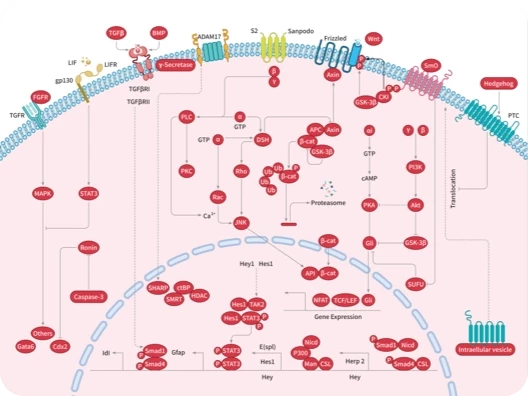
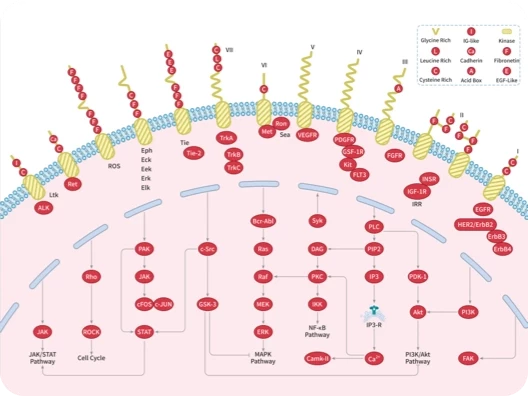
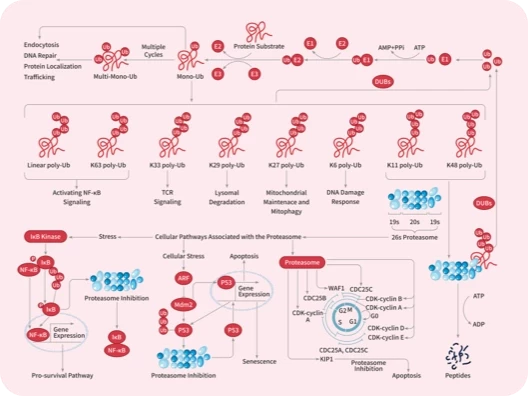

 |
|